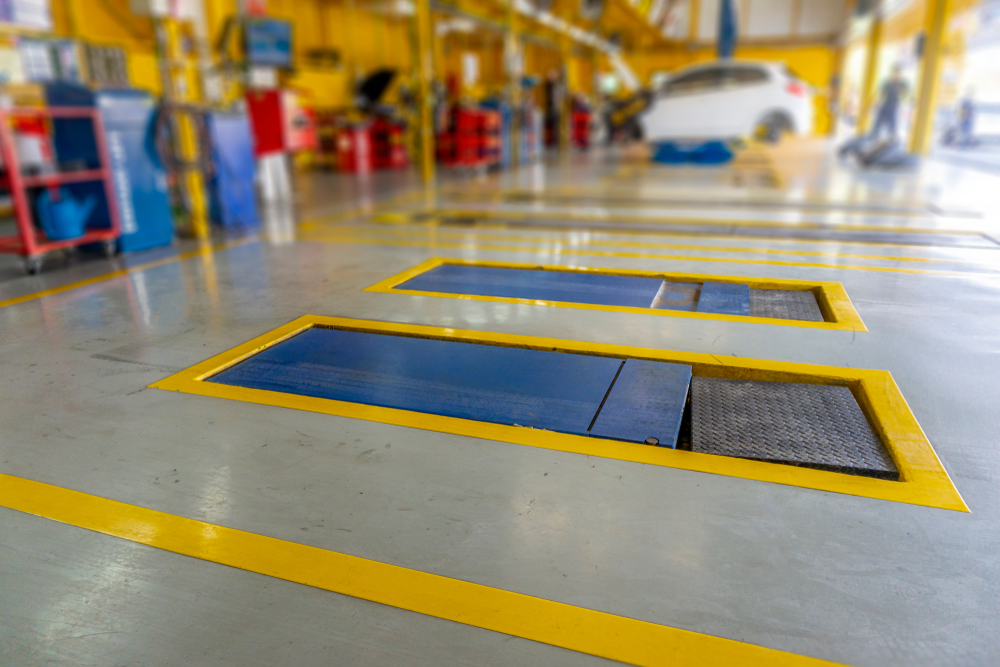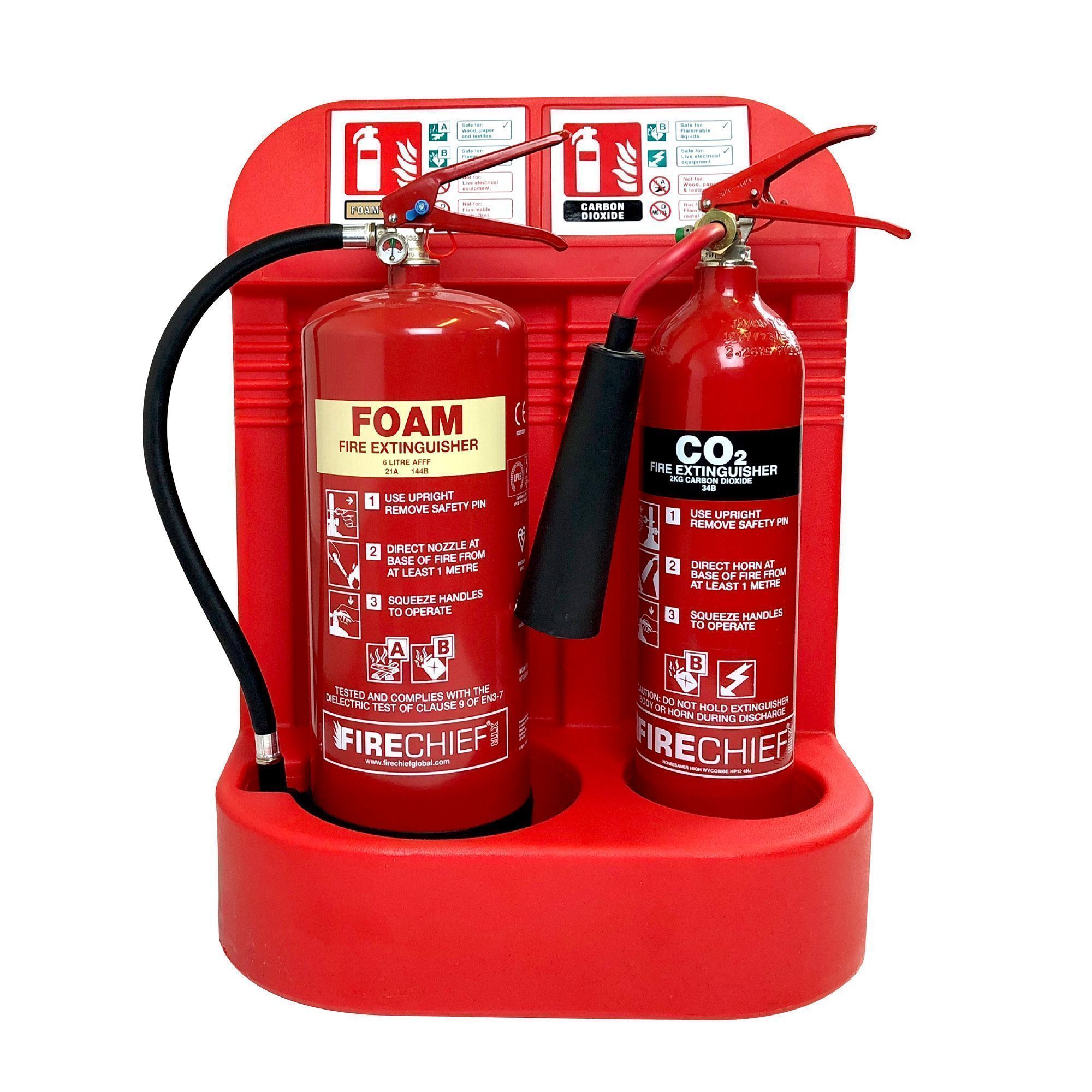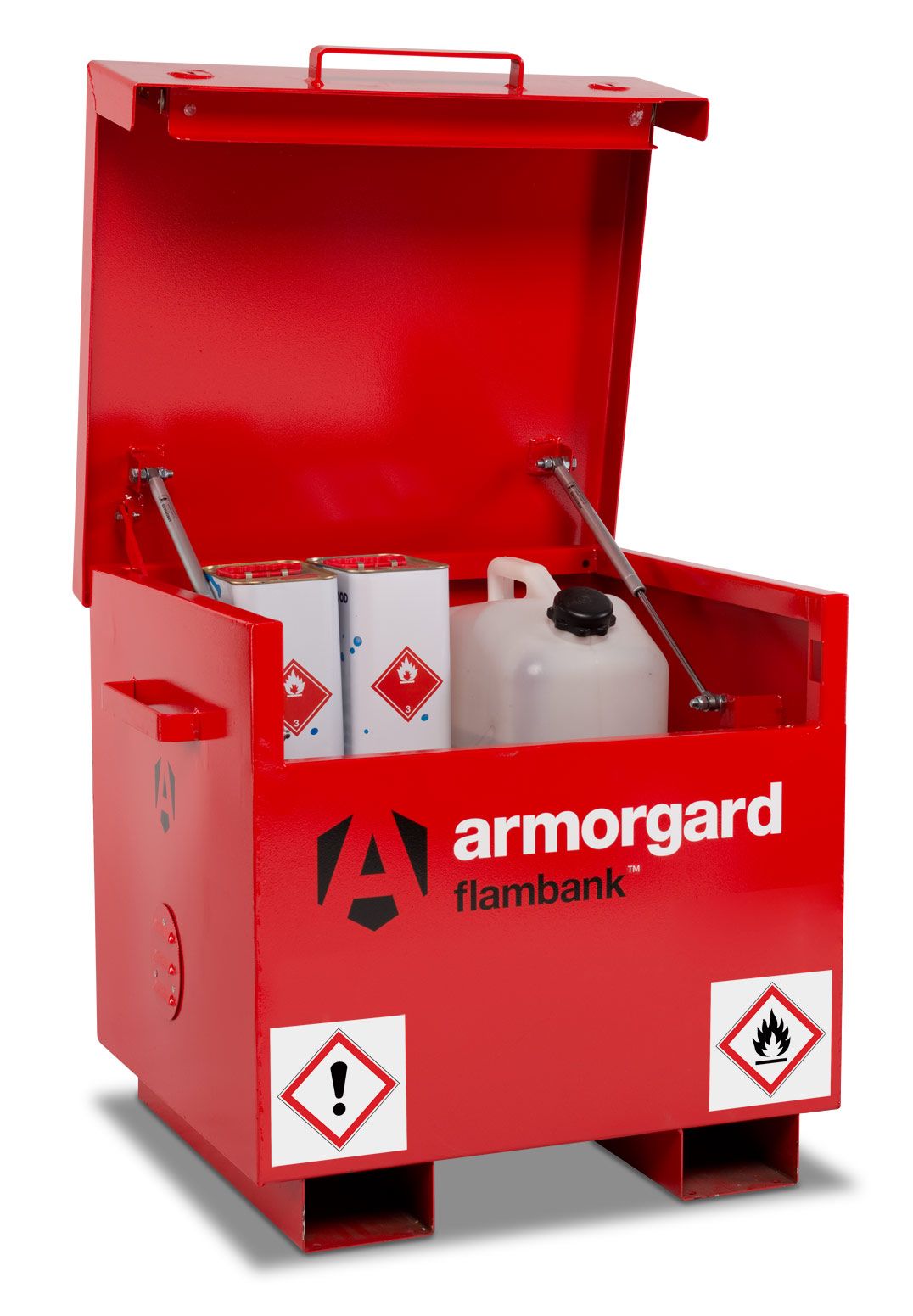Managing health and safety in the workplace is a full-time commitment throughout the year, but those responsibilities can become even more pronounced during the winter months, with the arrival of cold weather and icy conditions introducing a host of additional risks.
One of the most challenging aspects of this turn in the seasons is that these risks often extend beyond the workplace itself, turning routine daily commutes into a time-consuming and hazardous ordeal for many workers. Although your organisation may not be directly responsible for ensuring a safe commute for staff, it remains an issue that’s worth planning around. Although there’s nothing you can do to change the weather or the road conditions, there are still steps you can take to help staff navigate their commute in a safe manner.
The risks of commuting in bad weather
Employees who need to travel to their workplace on a daily basis face a number of risks in inclement or wintry weather, both in terms of convenience and safety. Stormy or icy conditions can quickly bring the road network to a complete standstill, while also causing disruption to trains, trams and other public transport options.
These factors may result in delays and staff absences that can prevent you from completing your projects and meeting your goals; they can also put your staff members in situations where they will face serious risks to their wellbeing. Collisions and other traffic accidents tend to be much more common in winter, while breakdowns can be much more problematic when they leave the individual in question stranded on a freezing-cold roadside.
For businesses that have not planned properly for these conditions, these outcomes will be inconvenient at best and could seriously disrupt operations at worst, so it’s best to get this right before the worst of the winter weather arrives.
How can businesses mitigate these risks?
When dealing with weather-related issues, there are a number of measures you could employ to help keep the risk of disrupted commutes to a minimum.
Provide flexible working options: flexible working can be a huge boon for organisations that aren’t dependent on carrying out their work at a specific time and location. Allowing staff to complete their hours from home or at a nearby working space - such as a cafe or a library - allows them to keep up their productivity even when a safe commute is impossible, while letting them choose their own hours makes it possible for them to miss peak commuting times or periods of severe weather. Flexible working has also been shown to improve staff morale and job satisfaction, so there are few downsides to this approach for businesses that can manage it.
Encourage safer travel habits: if your organisation regularly deals with disrupted commutes, it may be worth providing staff with guidance that can help them to identify and embrace safer ways to travel. This could include helping staff to organise a car sharing scheme or to exchange route planning advice. It’s also sensible to remind all road users to invest in high-visibility clothing, as this is essential not just for cyclists, but also drivers at risk of being stranded by a roadside.
Consider local or on-site accommodation: another way of keeping commuting time down to a bare minimum could be to provide on-site facilities or local accommodation for overnight stays. This is a particularly good idea when working on a longer-term project at a remote location; naturally, not every staff member will be willing or able to take this option up, but it can nevertheless be a convenient alternative to a long drive home through inhospitable weather conditions; for example, companies such as Bunkabin can provide portable cabins for businesses to use as convenient on-site accommodation solutions.
Always communicate: whatever policy you use to manage winter commuting risks, it’s vital that you make sure it’s been properly communicated to everyone it affects, and that staff are always welcomed to bring forward any concerns or suggestions they may have. Individual needs and circumstances mean that a one-size-fits-all policy may not always deliver the intended results; by taking the time to find out what your employees really need, you can provide them with the safest and most convenient travel arrangements possible.
Stay tuned to the SafetyBuyer blog for more insights into how to provide a safe working environment for all of your staff. Alternatively, check out the main SafetyBuyer site to browse our full product range, including safety signs, first aid kits, workwear and much more.
 Over 12,000
Over 12,000  Simple no quibble
Simple no quibble  Prompt dispatch &
Prompt dispatch &  UK Mainland Delivery
UK Mainland Delivery 













